Whirlpool Refrigerator Control Board Troubleshooting: Ultimate Guide
To troubleshoot a Whirlpool refrigerator control board, first, check for error codes and inspect the board for visible damage. Replace the control board if necessary.Whirlpool refrigerator control boards can sometimes malfunction, leading to cooling issues or error messages. Identifying and fixing these problems ensures your appliance runs efficiently. Begin by checking for any error codes displayed on the control panel. These codes can guide you to the specific issue.
Next, visually inspect the control board for signs of damage, such as burnt components or broken connections. If any damage is found, replacing the control board is often the best solution. Regular maintenance and prompt troubleshooting can extend the lifespan of your refrigerator and keep it operating smoothly.
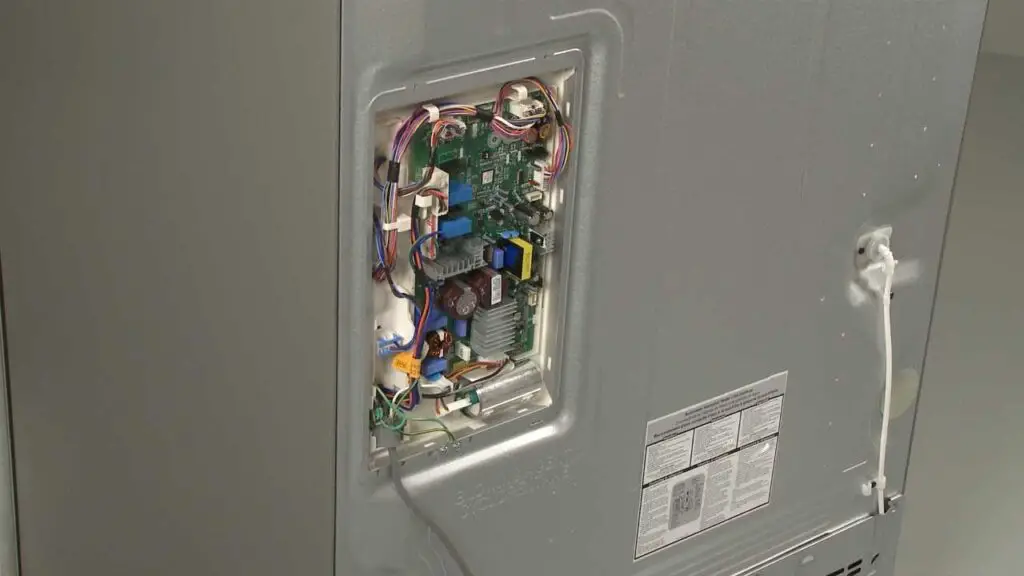
Identifying Symptoms
Understanding the symptoms of a faulty Whirlpool refrigerator control board can save you time and money. Identifying these symptoms early helps you address the issue before it escalates.
Unusual Noises
One of the first signs of control board issues is unusual noises. You may hear clicking, buzzing, or humming sounds. These noises often come from the back of the refrigerator.
- Clicking sounds may indicate relay issues.
- Buzzing or humming sounds could point to electrical problems.
Temperature Fluctuations
Another symptom is temperature fluctuations. Your refrigerator may not maintain a consistent temperature. This can lead to food spoiling faster than usual.
- The freezer might not freeze items properly.
- The fridge might become too warm or too cold.
Check the temperature settings. If they are correct but the problem persists, the control board may be faulty.
Display Errors
The display panel can provide clues about control board issues. Watch for error codes or unresponsive buttons.
| Error Code | Possible Issue |
|---|---|
| CF | Communication failure |
| ER | Temperature sensor error |
If you see these error codes, consult your user manual. It will guide you on further steps.
Initial Checks
Troubleshooting a Whirlpool refrigerator control board involves several steps. The first step is conducting initial checks. These checks help identify common problems quickly. Below are the two main checks: Power Supply and Control Board Reset.
Power Supply
Ensure the refrigerator is plugged in securely. Check the wall outlet for power. You can use a voltage tester to confirm this. If the outlet has no power, try another appliance. This helps verify if the issue is with the outlet.
Inspect the power cord for any damage. A frayed or broken cord can cause issues. Replace it if you find any damage. Confirm that the circuit breaker has not tripped. Reset it if necessary. These steps ensure the fridge gets power.
Control Board Reset
Sometimes, the control board needs a reset. Unplug the refrigerator for about five minutes. This helps the system to reset. After five minutes, plug it back in. Listen for any unusual sounds.
Check if the display panel lights up. If not, the control board might be faulty. You can also press the reset button if your model has one. This button is usually inside the fridge, near the control panel.
If these steps do not work, the control board might need replacement. Always consult the user manual for specific instructions. These checks are simple but can solve many issues.
Accessing The Control Board
Accessing the control board of a Whirlpool refrigerator can seem daunting. This guide makes it easy. Follow the steps carefully to troubleshoot any issues.
Safety Precautions
Before you begin, ensure your safety. Here are some important safety tips:
- Unplug the refrigerator to avoid electric shocks.
- Wear rubber gloves to protect your hands.
- Ensure the area is dry and well-lit.
Tools Needed
Gather the following tools for a smooth process:
| Tool | Purpose |
|---|---|
| Screwdriver (Phillips and Flathead) | Remove screws and panels |
| Multimeter | Test electrical connections |
| Flashlight | Illuminate dark areas |
| Rubber gloves | Protect your hands |
Step-by-step Guide
- Unplug the refrigerator to ensure safety.
- Locate the control board panel, usually at the back.
- Use a Phillips screwdriver to remove the screws holding the panel.
- Carefully take off the panel to expose the control board.
- Use a flashlight to get a clear view of the board.
- Inspect the board for any obvious damage or loose connections.
- If needed, use a multimeter to check electrical connections.
- After troubleshooting, reassemble the panel and secure it with screws.
- Plug the refrigerator back in and test its functionality.
By following these steps, you can easily access and troubleshoot the control board of your Whirlpool refrigerator.
Visual Inspection
Inspecting the Whirlpool refrigerator control board is crucial. It helps identify common issues that might affect functionality. This section covers three main areas: burn marks, loose connections, and damaged components.
Burn Marks
Look for burn marks on the control board. Burn marks indicate electrical shorts or overheating. These signs often point to component failure. Use a flashlight for a better view. Pay close attention to the board’s surface.
Loose Connections
Loose connections can cause erratic behavior. Check all connectors and wires. Ensure they are firmly attached. Wiggle the connectors gently to see if they are secure. Loose connections can lead to intermittent issues.
| Connection | Status |
|---|---|
| Main Power Connector | Secure |
| Sensor Wires | Secure |
| Fan Connector | Loose |
Damaged Components
Inspect the board for any damaged components. Look for broken capacitors or resistors. These components can affect the refrigerator’s performance. Use a magnifying glass if needed. Damaged parts often appear swollen or cracked.
- Check capacitors for bulges
- Inspect resistors for cracks
- Look for broken solder joints
Replacing damaged components can restore functionality. Always handle the board with care. Wear an anti-static wrist strap for safety.
Testing Components
Testing components is crucial for diagnosing issues with your Whirlpool refrigerator control board. This process ensures each part works correctly. Below are steps to test components effectively.
Multimeter Use
A multimeter is essential for testing electrical components. It measures voltage, current, and resistance.
Here are the steps to use a multimeter:
- Set the multimeter to the correct measurement type.
- Connect the probes to the component.
- Read the values displayed on the screen.
Always ensure safety while using a multimeter. Use insulated tools and avoid touching live wires.
Checking Voltage
Checking voltage is a key step in troubleshooting. You need to verify that each component receives the correct voltage.
Steps to check voltage:
- Set the multimeter to measure voltage.
- Connect the multimeter probes to the component terminals.
- Read the voltage on the multimeter display.
Compare the measured voltage with the expected values. If the voltage is incorrect, the component might be faulty.
Inspecting Relays
Relays control the flow of electricity. Inspecting them ensures they function properly.
Steps to inspect relays:
- Locate the relay on the control board.
- Use a multimeter to test for continuity.
- If the relay has no continuity, it needs replacement.
Relays should click when activated. If you don’t hear a click, the relay might be defective.
Keep these steps in mind while troubleshooting your Whirlpool refrigerator control board. Proper testing ensures accurate diagnosis and repair.
Common Fixes
Is your Whirlpool refrigerator not working properly? The control board might be the problem. Here are some common fixes to help you troubleshoot and resolve the issue.
Replacing The Board
Sometimes, the control board may be beyond repair. In such cases, replacing the board is the best option. Follow these steps:
- Unplug the refrigerator from the power outlet.
- Locate the control board panel, usually at the back.
- Remove the screws securing the panel.
- Carefully disconnect the wires attached to the board.
- Replace the old board with a new one.
- Reconnect the wires and secure the panel back.
- Plug the refrigerator back in and test it.
Repairing Connections
Loose or damaged connections can cause the control board to malfunction. Here’s how you can repair connections:
- Unplug the refrigerator to ensure safety.
- Access the control board by removing the back panel.
- Inspect all wire connections for any signs of damage.
- Reconnect any loose wires and replace damaged ones.
- Ensure all connections are tight and secure.
- Replace the back panel and plug the refrigerator back in.
Firmware Updates
Outdated firmware can lead to control board issues. Performing firmware updates can resolve these problems. Here’s how:
- Check if there is a firmware update available for your model.
- Download the update from the official Whirlpool website.
- Unplug the refrigerator before starting the update.
- Follow the instructions provided with the firmware update.
- Typically, you’ll need a USB drive to transfer the update.
- Insert the USB drive into the control board’s port.
- Turn the refrigerator back on and allow it to complete the update.
By following these steps, you can address common issues with your Whirlpool refrigerator’s control board. This will help your refrigerator run smoothly again.
Preventive Maintenance
Preventive maintenance is crucial for your Whirlpool refrigerator’s longevity. Regular upkeep ensures the control board and other parts work efficiently. Here are key steps to keep your refrigerator in top shape.
Regular Cleaning
Regular cleaning keeps your refrigerator working well. Dust and dirt can harm the control board. Clean the interior and exterior surfaces.
- Wipe down shelves and drawers weekly.
- Clean the coils behind the fridge every six months.
- Use a mild detergent and a soft cloth.
Proper Ventilation
Proper ventilation prevents overheating. Overheating can damage the control board. Make sure your fridge has enough space around it.
- Leave at least two inches of space on all sides.
- Ensure the area is free from obstructions.
- Keep the air vents clear inside the fridge.
Routine Checks
Routine checks can catch issues early. Regular inspections keep your fridge running smoothly. Follow these steps for routine checks:
| Check | Frequency |
|---|---|
| Inspect door seals | Monthly |
| Test temperature settings | Weekly |
| Examine control board | Quarterly |
Regular checks help maintain the health of your fridge. This ensures a longer lifespan for the control board.
When To Seek Professional Help
Whirlpool Refrigerator Control Board Troubleshooting can be a challenging task. Knowing when to seek professional help is crucial. It saves time and avoids further damage.
Complex Issues
Some issues with the Whirlpool refrigerator control board are complex. They require advanced tools and knowledge. For instance, circuit board failure needs expert handling. Attempting to fix it on your own can be risky. You might worsen the problem or harm yourself.
Error codes that are hard to understand are another sign. If your refrigerator displays an error code you can’t decode, call a professional. They have the right tools and expertise to diagnose the problem accurately.
Additionally, electrical issues are dangerous. Professionals know how to handle electrical components safely. They ensure your refrigerator is fixed without causing electrical hazards.
Warranty Considerations
Your Whirlpool refrigerator may still be under warranty. Fixing it yourself can void this warranty. Always check your warranty terms before starting any repairs. Professional repairs keep your warranty intact.
Authorized technicians are trained by Whirlpool. They use genuine parts and follow proper procedures. This ensures your refrigerator stays in good condition. It also prevents future problems.
Additionally, professionals provide a guarantee for their work. If the same issue recurs, they fix it for free. This peace of mind is invaluable. It saves you from repeated repair costs.
| Signs You Need Professional Help | Reasons |
|---|---|
| Complex Error Codes | Requires expert diagnosis and tools |
| Warranty Concerns | Maintains warranty validity |
| Electrical Issues | Ensures safety and proper handling |
| Repeated Problems | Professionals provide guarantees |
Frequently Asked Questions
How To Know If A Whirlpool Control Board Is Bad?
Test for error codes on the display. Check for unresponsive buttons. Inspect for burnt components or unusual noises.
How Do I Reset My Whirlpool Refrigerator Control Board?
To reset your Whirlpool refrigerator control board, unplug the refrigerator for 5 minutes. Plug it back in and wait.
What Are The Symptoms Of A Bad Refrigerator Control Board?
A bad refrigerator control board may cause erratic temperature, frequent cycling, non-responsive controls, or unusual noises. The fridge might not cool properly.
What Is The Biggest Problem With Whirlpool Refrigerators?
The biggest problem with Whirlpool refrigerators is cooling issues. Many users report inconsistent temperatures and malfunctioning compressors.
What Causes A Whirlpool Refrigerator Control Board Failure?
Power surges, electrical issues, or component wear can cause control board failure in Whirlpool refrigerators.
Conclusion
Regular maintenance ensures your Whirlpool refrigerator control board functions optimally. Troubleshooting common issues can extend its lifespan. Follow these guidelines to keep your appliance in top shape. Don’t hesitate to consult a professional for complex problems. Your refrigerator’s performance depends on timely and effective troubleshooting efforts.

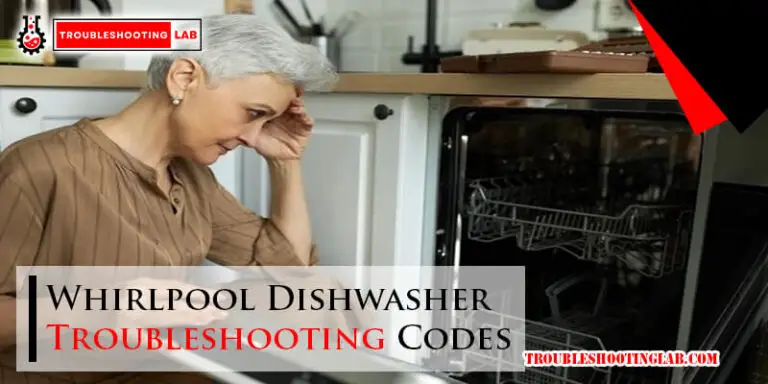
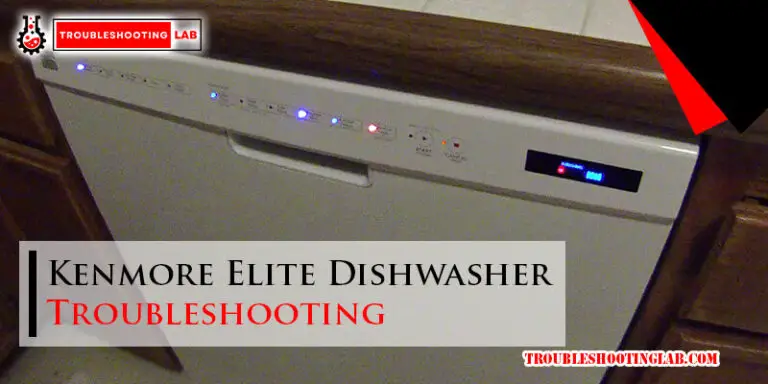
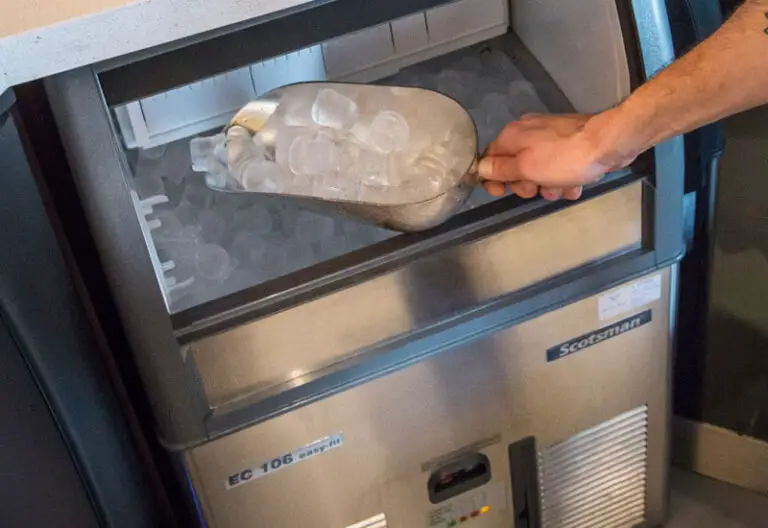
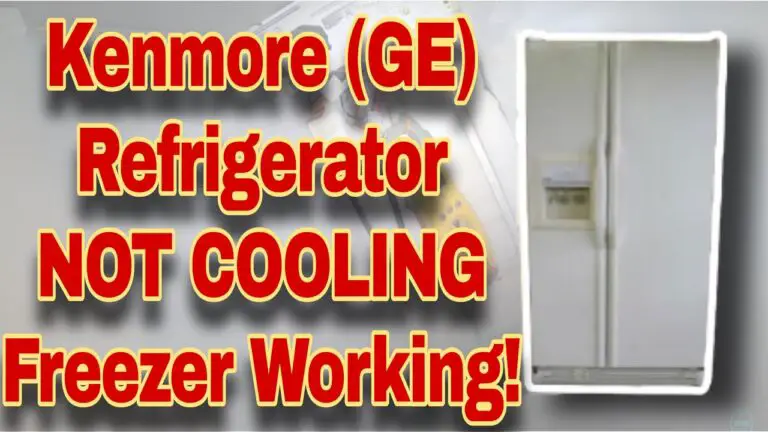
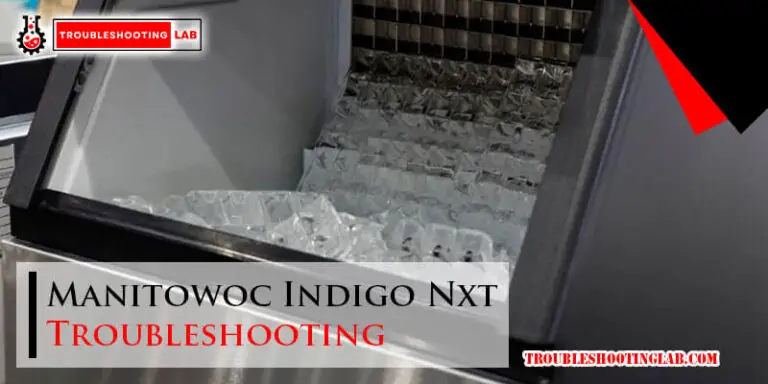
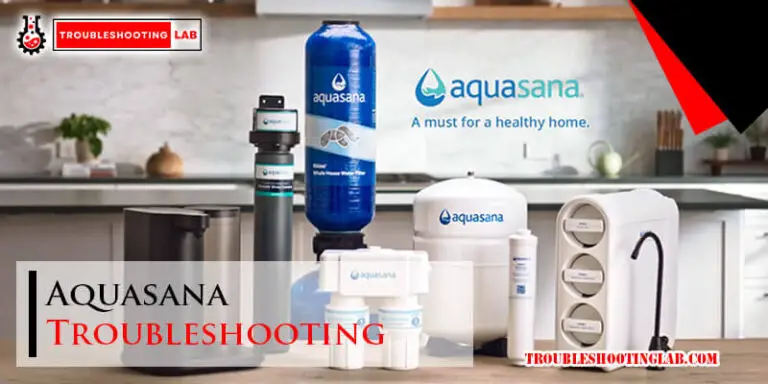
refrigerator model # gss306ecyy03 low voltage [70ac from inverter to inlet valve]——-result solenoid buzzes will not pull in and release water! all new lower valves!]———i think the inverter is bad //how to check? gary
Hi Gary,
It sounds like you’re dealing with a tricky issue! If you’re getting 70 AC volts from the inverter to the inlet valve but the solenoid isn’t pulling in, there are a couple of things you can check.
First, make sure the connections are clean and tight. Sometimes, loose connections can cause problems. You can also try testing the solenoid directly with a multimeter to see if it’s functioning properly.
If the solenoid buzzes but doesn’t activate, it might be faulty even if it’s new. If you suspect the inverter, you can check its output voltage with a multimeter while it’s running to see if it’s providing the right power. If the voltage is off, that might indicate a problem with the inverter.
Hope this helps! Let me know if you need more assistance.